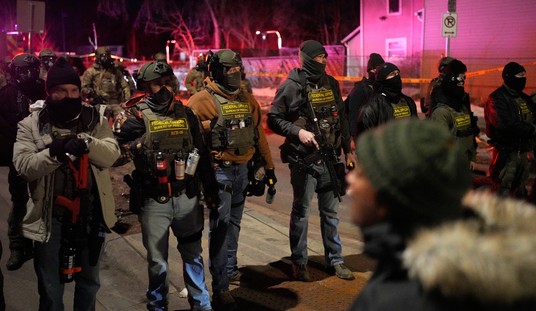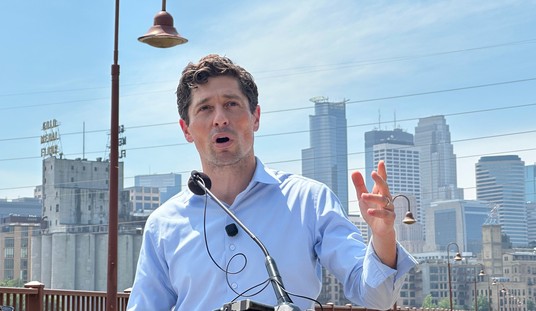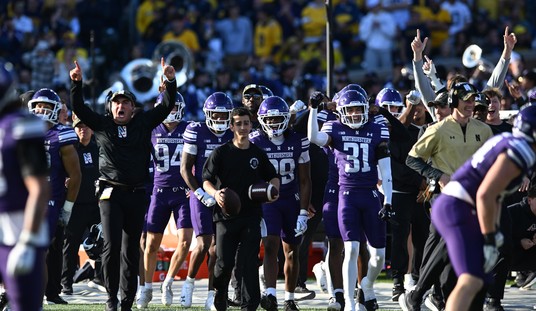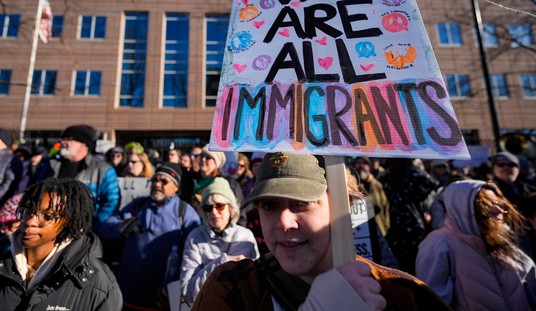President Trump has a lot on the line in this fall’s midterm elections. So, he’s decided to turn for help to the man he trusts the most — himself.
In the remaining 75 days until ballots are counted, Trump will invest at least 40 of them in campaigning for Republicans in both House and Senate races. He will spend additional time on fundraising for candidates and the party.
And you may have noticed, this president is quite comfortable with spur-of-the-moment decisions. So, it’s likely he will add even more campaign days along the way as races and political needs develop. And given the growing importance of early voting, those extra days are likely to be front-loaded.
In the month of September alone the president will travel to campaign in Montana, Missouri, both Dakotas, Nevada, Tennessee and Kentucky. Next week’s he’ll be in Indiana for Mike Braun’s Senate campaign. Trump will also campaign in competitive House races in districts in New York, Ohio, Montana and Pennsylvania, among others.
And, of course, Vice President Mike Pence will be on the campaign road too.
Like his predecessor, Trump has proven adept at fundraising during this his first election cycle as chief executive and party leader. Already, he’s helped to raise $175 million for Republicans seeking reelection and another $227 million for the Republican National Committee.
Trump has tweeted optimistically about creating a red wave of election victories on Nov. 6. More realistically, his efforts are aimed more at minimizing a blue wave of Democratic wins, especially in the House, and maximizing GOP turnout, which current polls show lags behind Democrats.
A president’s party has lost House seats in 18 of the last 20 midterms, on average 33 seats. Democrats need only keep their existing members and capture 23 new seats, including some in traditionally Democratic districts that Trump carried in 2016.
Keeping the House GOP majority is critical. That’s not just to protect the fate of a Trump legislative agenda leading up to 2020. But it’s keeping in Republican hands powerful committee chairmanships that can issue subpoenas and launch impeachment efforts. A large Democrat House majority would most likely try that, though it would be doomed in the Senate.
Trump would also like to perhaps expand Republican Senate membership, now at a slim 51. He has a good shot at that since Democrats are defending 26 of the 33 seats on ballots.
That explains his scheduled stops in North Dakota, Montana and Missouri, all of which have vulnerable Democrats seeking reelection. And Trump was just in West Virginia this week to help the GOP challenger to incumbent Joe Manchin.
Trump, like Obama before him, genuinely enjoys these adoration fests. Attendees at such rallies understandably feel the president is there to talk to them. It seems that way. But, more importantly, they are also cheering props for the president to garner maximum national publicity both for the party and for himself.
Because of his unpredictable volatility, Trump is a guaranteed magnet for news media coverage, which, of course, he knows. That magnifies the publicity on him and his agenda well beyond that individual district or state.
Even before he adds additional fall campaign days, Trump’s schedule already exceeds President Obama’s first midterm campaign schedule by four days. That, however, did not turn out so well for the Democrat. In an historic turnover of 63 House seats, Democrats that year lost control of the House.








Join the conversation as a VIP Member